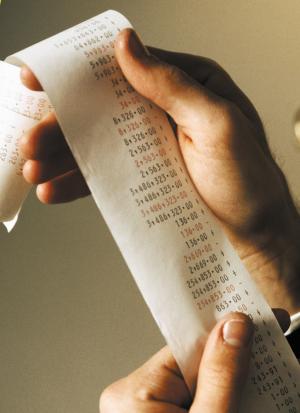In the second of three articles, Oak Ridge National Laboratory reviews the economics and financial issues related to DG.
Economic assessment methods for customer-owned distributed energy resources (DER) typically compare the cost of purchased power and fuel with the cost of owning and operating a DER system.1 However, largely because of current market structures, these assessments disregard a host of other DER benefits, such as reliability and power quality —often described in nebulous terms, if at all. A good review of the full range of DER benefits addresses the difficulty in assigning values to these more esoteric factors.2

Moreover, DER benefits often are enjoyed by parties other than the DER owner.3 For example, a DER system that provides voltage support improves electric-service quality for many nearby customers on the grid and reduces the load on the long-distance transmission system as well. The question of valuing DER benefits is obviously more complex than is reflected by the traditional cost-benefit analysis.4 Recognizing this complexity, the Department of Energy’s Distributed Energy Program is examining DER benefits from multiple perspectives.

